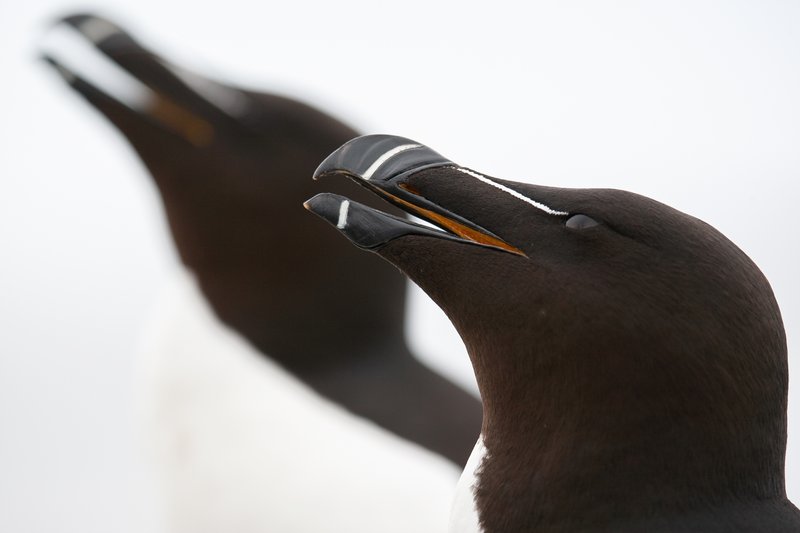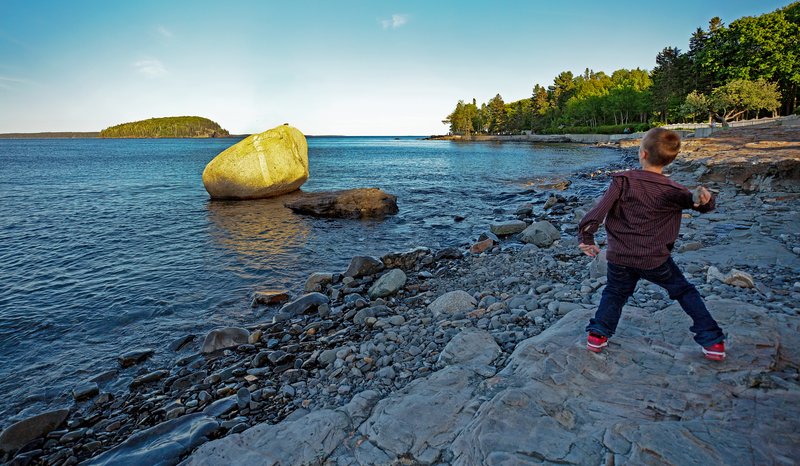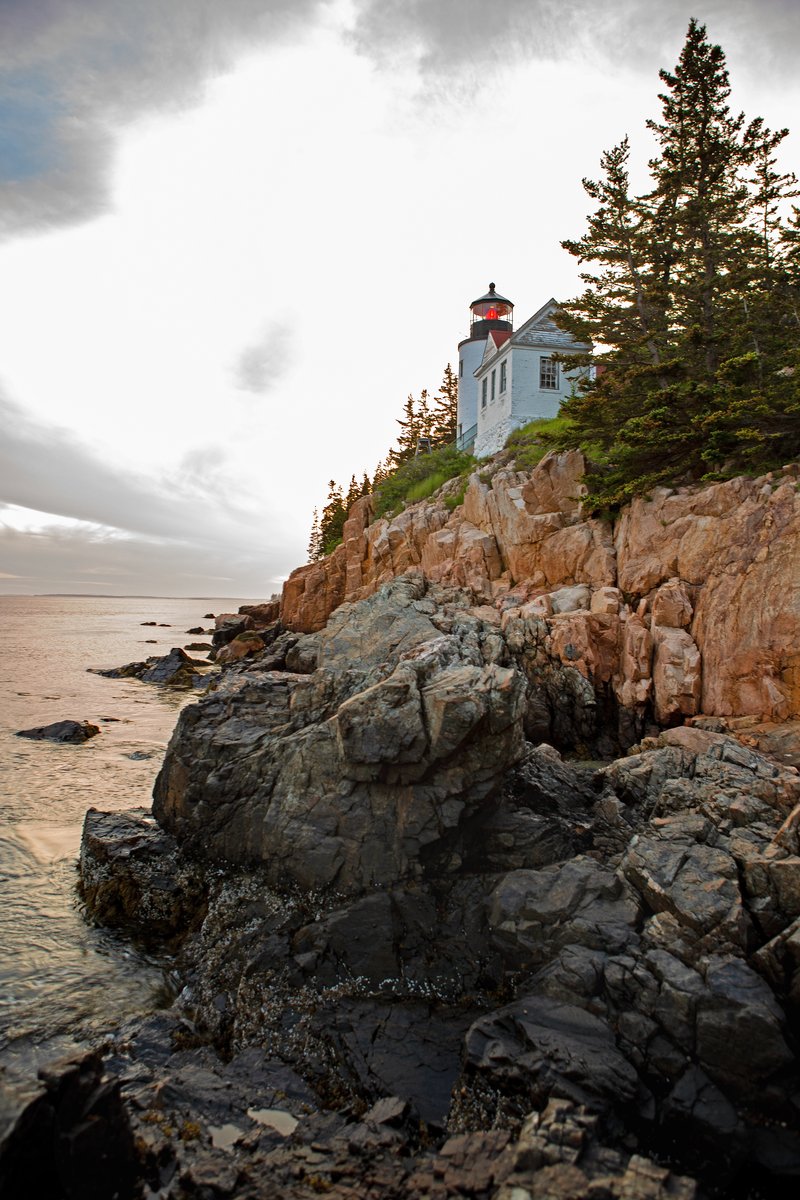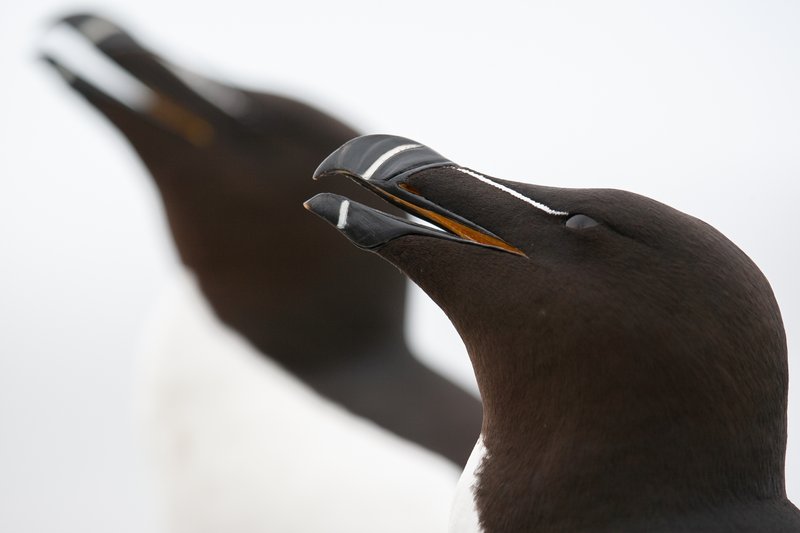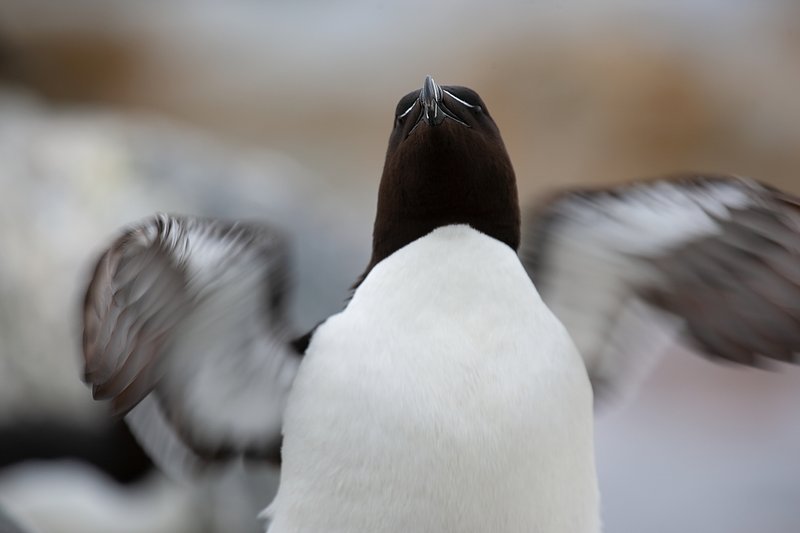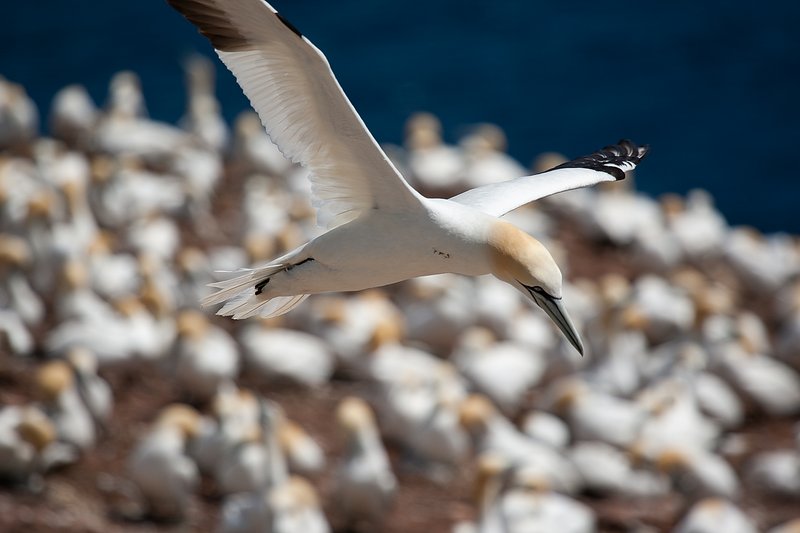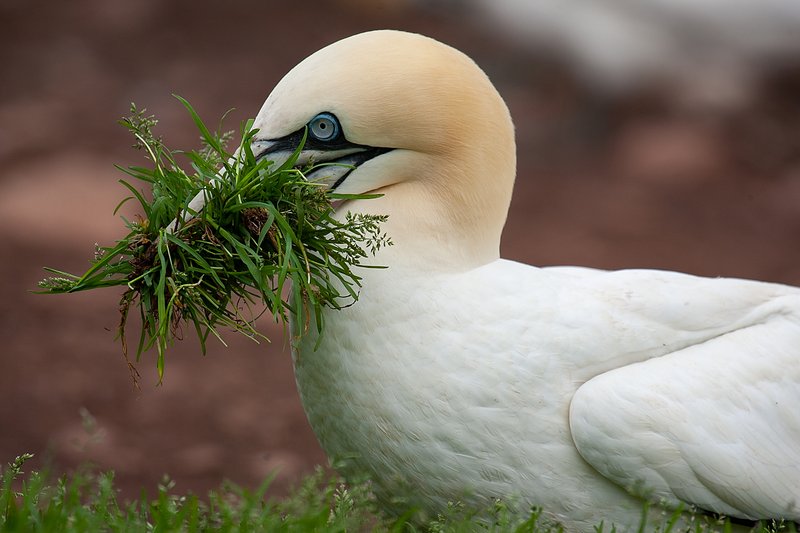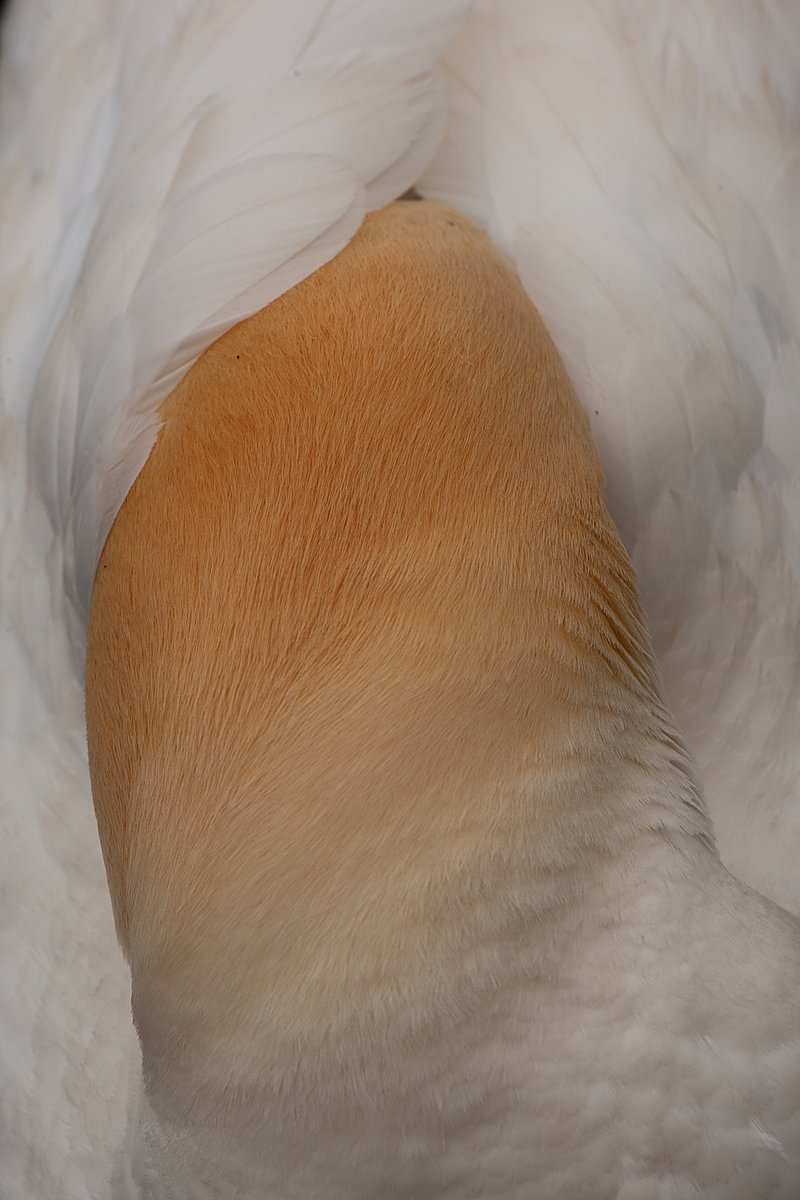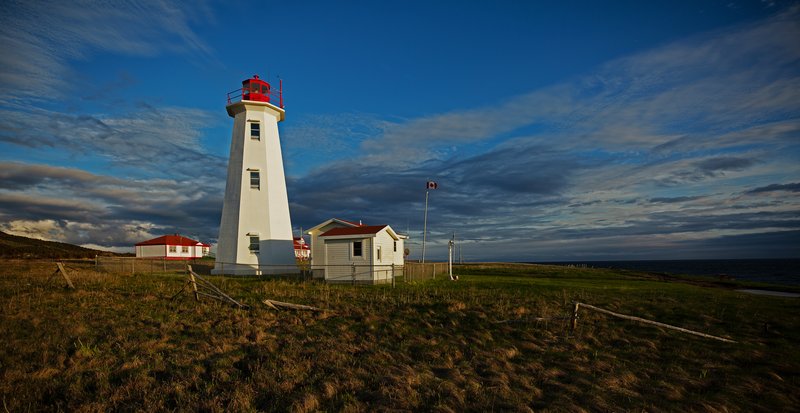Northeast North America
Weather permitting, all of the places pictured in this gallery are accessible. Even so, the weather is often “not permitting.” My only advice is to schedule accordingly. Make reservations for Machias Seal Island for more than one day and schedule longer stays at locations throughout Newfoundland. The fog and rain will find you eventually, so be patient and stay longer when possible if you care about the quality of light.
Northeast, North America
Working in the maritime regions along the east coast of Canada (Nova Scotia, Prince Edward Island, New Brunswick, Newfoundland and Labrador, and the Gaspé region of Québec), known for its dense fog, cloud cover and summer rains is always challenging for a photographer. Although many unique photographs can be made in the most challenging weather, this was my first trip to Newfoundland focusing on its Atlantic Puffins, Northern Gannets and historic lighthouses. I was not concerned about fog, but hoped to avoid long periods of rains and heavy cloud cover at most locations.
One of my first long-term projects as a photojournalist in the late 1970s was an exhibit project on Atlantic Coast lighthouses in the U.S. In reality, historic lighthouses are all tall buildings with a light on top and often the light no longer functions. The only way to make a series of lighthouse photographs interesting and non-repetitive is to focus on someone or something other than the lighthouse as the main subject and then to find interesting compositions and light to add interest. When you consider how many photographs there are of every historic lighthouse in the world, the challenge is to do something different.
We spent a week meandering through Maine before driving to North Sydney, Nova Scotia for the ferry to Newfoundland. There are usually two ferry routes from Nova Scotia to Newfoundland, but only one was in operation on our departure date, so we had no choice but to disembark at Port aux Basques on the southwest coast. You can't circumnavigate Newfoundland by car, as there is no road across the southern coast. So, we decided to spend a day driving across the island and then to slowly circle back to Port aux Bosques along the coast rather than to circle the island clockwise from Port aux Basques and then return to Nova Scotia on the 16-hour ferry from Argentia. We then spent a few days in Nova Scotia, Prince Edward Island and New Brunswick on the way back to Maine before our flight home.
Our departure date was predicated on photographing Northern Gannets on Bird Rock at Cape St. Mary's Ecological Reserve (the third-largest nesting site and southernmost colony of northern
colonies would be flourishing by mid-to-late June and nothing else on our agenda was time sensitive.
Most of the heavy rains we experienced were on driving days, which was both a blessing and a curse, as the roads in Newfoundland don't drain well. For some unexplainable reason, even the Trans-Canada Highway has grooves that quickly fill with water, leaving you three options: you can drive to the left of the grooves hugging the centerline, drive to the right of the grooves along the crumbling shoulders or hydroplane down the middle in the grooves at 110 km/hr. In reality, a combination of all three is required depending on the size and speed of the oncoming traffic at any given moment.
We spent two days driving across the country to Saint Brides, the closest lodging to Cape St. Mary's Ecological Preserve, mostly because we wanted to visit Gander, where 38 planes with nearly 6,700 "come from aways" (as Newfoundlanders call anyone not from the island) were forced to land when U.S. airspace was shutdown following the 9/11 bombings. A piece of steel from one of the original towers is now housed in the North Atlantic Aviation Museum in Gander. In the early 1940s the airport was the largest in the world and it remained a vital refueling stop for trans-Atlantic flights until the 1960s when most flights no longer needed to refuel for the journey. Gander was also the site of Canada's deadliest air disaster when Arrow Air Flight 1285, a McDonnell Douglas DC-8, crashed during takeoff on December 12, 1985 with 256 people onboard.
We had recently seen Come From Away, the play, on Broadway, so it was fun visiting Gander. We then continued on to Saint Brides and began our exploration of Newfoundland, but not Labrador, which remains on the to-do list.
Northeast, North America
Working in the maritime regions along the east coast of Canada (Nova Scotia, Prince Edward Island, New Brunswick, Newfoundland and Labrador, and the Gaspé region of Québec), known for its dense fog, cloud cover and summer rains is always challenging for a photographer. Although many unique photographs can be made in the most challenging weather, this was my first trip to Newfoundland focusing on its Atlantic Puffins, Northern Gannets and historic lighthouses. I was not concerned about fog, but hoped to avoid long periods of rains and heavy cloud cover at most locations.
One of my first long-term projects as a photojournalist in the late 1970s was an exhibit project on Atlantic Coast lighthouses in the U.S. In reality, historic lighthouses are all tall buildings with a light on top and often the light no longer functions. The only way to make a series of lighthouse photographs interesting and non-repetitive is to focus on someone or something other than the lighthouse as the main subject and then to find interesting compositions and light to add interest. When you consider how many photographs there are of every historic lighthouse in the world, the challenge is to do something different.
We spent a week meandering through Maine before driving to North Sydney, Nova Scotia for the ferry to Newfoundland. There are usually two ferry routes from Nova Scotia to Newfoundland, but only one was in operation on our departure date, so we had no choice but to disembark at Port aux Basques on the southwest coast. You can't circumnavigate Newfoundland by car, as there is no road across the southern coast. So, we decided to spend a day driving across the island and then to slowly circle back to Port aux Bosques along the coast rather than to circle the island clockwise from Port aux Basques and then return to Nova Scotia on the 16-hour ferry from Argentia. We then spent a few days in Nova Scotia, Prince Edward Island and New Brunswick on the way back to Maine before our flight home.
Our departure date was predicated on photographing Northern Gannets on Bird Rock at Cape St. Mary's Ecological Reserve (the third-largest nesting site and southernmost colony of northern
colonies would be flourishing by mid-to-late June and nothing else on our agenda was time sensitive.
Most of the heavy rains we experienced were on driving days, which was both a blessing and a curse, as the roads in Newfoundland don't drain well. For some unexplainable reason, even the Trans-Canada Highway has grooves that quickly fill with water, leaving you three options: you can drive to the left of the grooves hugging the centerline, drive to the right of the grooves along the crumbling shoulders or hydroplane down the middle in the grooves at 110 km/hr. In reality, a combination of all three is required depending on the size and speed of the oncoming traffic at any given moment.
We spent two days driving across the country to Saint Brides, the closest lodging to Cape St. Mary's Ecological Preserve, mostly because we wanted to visit Gander, where 38 planes with nearly 6,700 "come from aways" (as Newfoundlanders call anyone not from the island) were forced to land when U.S. airspace was shutdown following the 9/11 bombings. A piece of steel from one of the original towers is now housed in the North Atlantic Aviation Museum in Gander. In the early 1940s the airport was the largest in the world and it remained a vital refueling stop for trans-Atlantic flights until the 1960s when most flights no longer needed to refuel for the journey. Gander was also the site of Canada's deadliest air disaster when Arrow Air Flight 1285, a McDonnell Douglas DC-8, crashed during takeoff on December 12, 1985 with 256 people onboard.
We had recently seen Come From Away, the play, on Broadway, so it was fun visiting Gander. We then continued on to Saint Brides and began our exploration of Newfoundland, but not Labrador, which remains on the to-do list.
